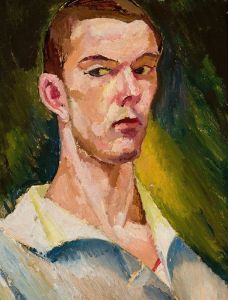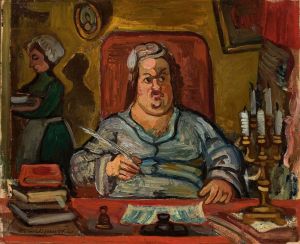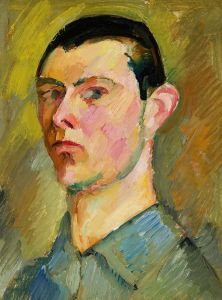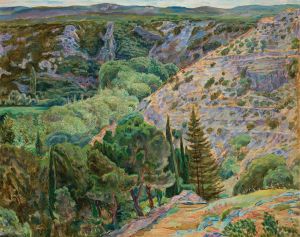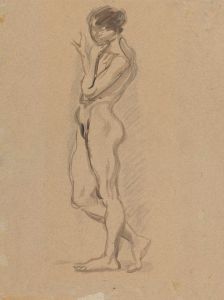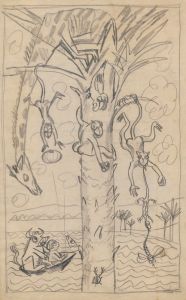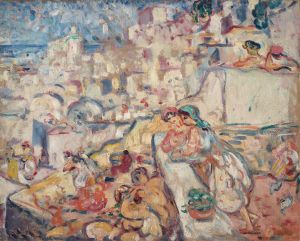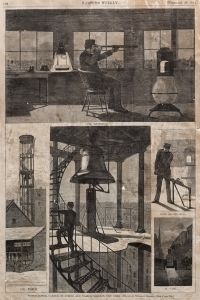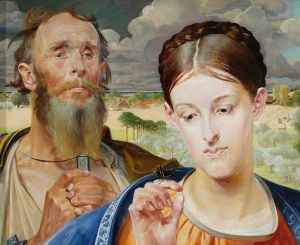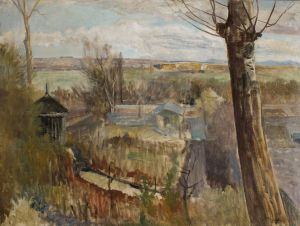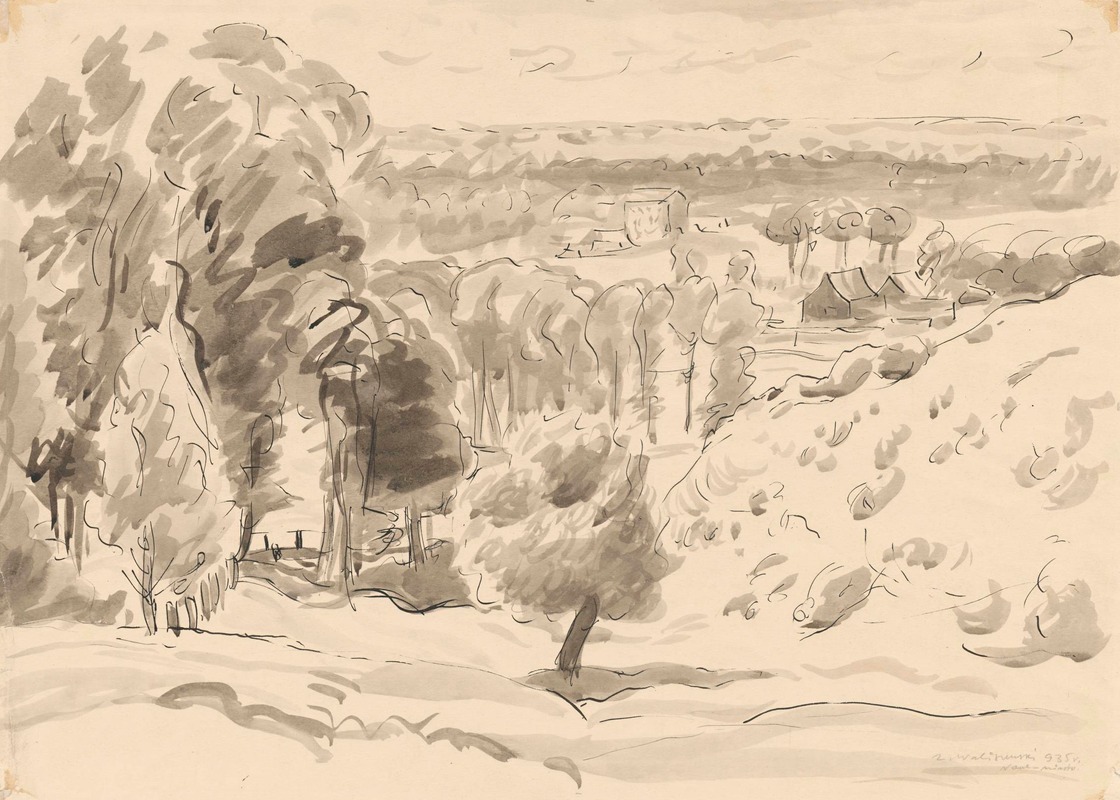
Extensive landscape – Nowe Miasto
A hand-painted replica of Zygmunt Waliszewski’s masterpiece Extensive landscape – Nowe Miasto, meticulously crafted by professional artists to capture the true essence of the original. Each piece is created with museum-quality canvas and rare mineral pigments, carefully painted by experienced artists with delicate brushstrokes and rich, layered colors to perfectly recreate the texture of the original artwork. Unlike machine-printed reproductions, this hand-painted version brings the painting to life, infused with the artist’s emotions and skill in every stroke. Whether for personal collection or home decoration, it instantly elevates the artistic atmosphere of any space.
Zygmunt Waliszewski was a notable Polish painter, born on December 1, 1897, in Saint Petersburg, Russia, and passed away on October 5, 1936, in Kraków, Poland. He was a prominent figure in the Polish art scene during the interwar period and is often associated with the avant-garde movement. Waliszewski's work is characterized by its vibrant colors, dynamic compositions, and a blend of modernist and traditional elements.
"Extensive Landscape – Nowe Miasto" is one of Waliszewski's works that exemplifies his unique approach to landscape painting. While specific details about this particular painting are scarce, it is known that Waliszewski often drew inspiration from the Polish countryside and urban landscapes, capturing the essence of these environments with his distinct style.
Waliszewski's artistic journey began in Russia, where he studied at the Imperial Academy of Arts in Saint Petersburg. His early exposure to Russian art and culture significantly influenced his development as an artist. After moving to Poland, he continued his studies at the Academy of Fine Arts in Kraków, where he was mentored by prominent Polish artists such as Józef Mehoffer and Wojciech Weiss. These experiences helped shape his artistic vision and technique.
Throughout his career, Waliszewski was associated with several art groups, including the influential "Formists," a Polish avant-garde movement that sought to break away from traditional artistic conventions. The Formists were known for their experimental approach, incorporating elements of Cubism, Futurism, and Expressionism into their work. Waliszewski's involvement with this group is evident in his bold use of color and form, as well as his willingness to explore new artistic ideas.
"Extensive Landscape – Nowe Miasto" likely reflects Waliszewski's interest in capturing the changing landscapes of Poland during a time of significant social and political transformation. The title "Nowe Miasto," which translates to "New Town," suggests a focus on urban development or a specific location known for its modernity. However, without specific details about the painting, it is challenging to provide a comprehensive analysis of its themes and composition.
Waliszewski's contribution to Polish art extends beyond his paintings. He was also involved in theater and set design, showcasing his versatility as an artist. His work in these areas further demonstrates his ability to blend different artistic disciplines, creating a cohesive and innovative body of work.
Despite his relatively short life, Zygmunt Waliszewski left a lasting impact on the Polish art scene. His works are celebrated for their dynamic energy and vivid portrayal of the world around him. Today, his paintings are held in various collections, including the National Museum in Warsaw and the National Museum in Kraków, where they continue to be appreciated by art enthusiasts and scholars alike.
In summary, while specific information about "Extensive Landscape – Nowe Miasto" is limited, Zygmunt Waliszewski's legacy as a pioneering Polish artist is well-documented. His innovative approach to painting and his contributions to the avant-garde movement have solidified his place in the history of Polish art.





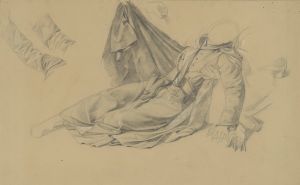
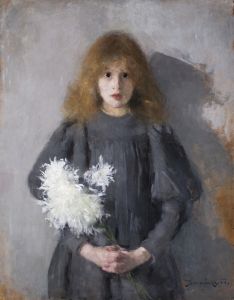
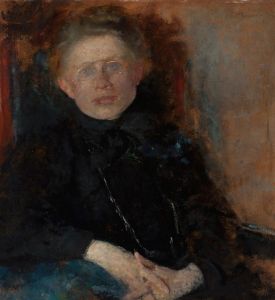
![At Figaro’s [at a hairdresser’s]](/imgs/234685/s/zygmunt-waliszewski-at-figaros-at-a-hairdressers-f5e795de.jpg)
